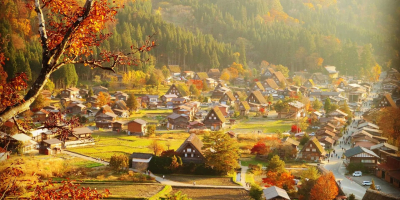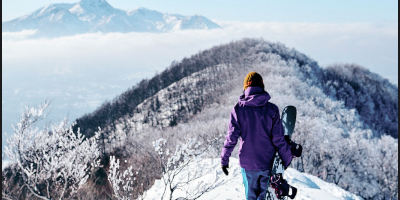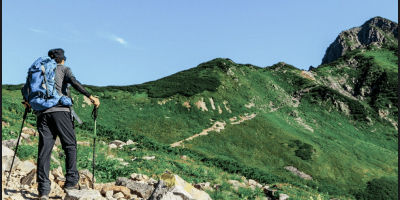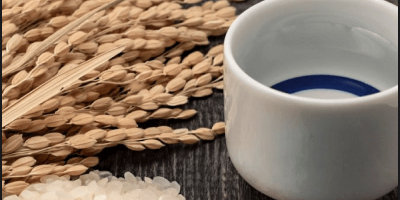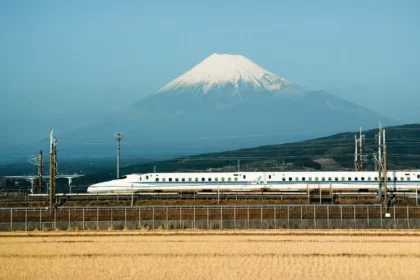
One of the great joys of visiting Central Japan is exploring the region’s pristine natural beauty and numerous outdoor destinations. On this page, we will introduce 10 outdoor destinations and activities waiting for you in Central Japan:
NAGANO'S SKIING & SNOWBOARDING RESORTS
THE ONSEN VILLAGES OF GIFU & NAGANO
SEAFOOD MARKETS OF THE SEA OF JAPAN
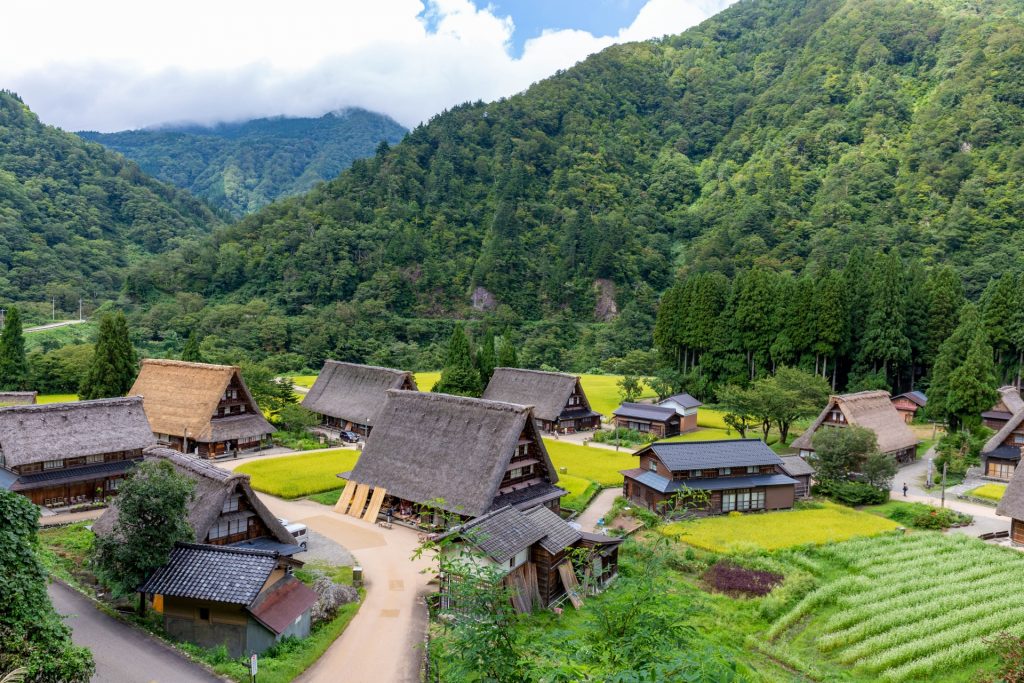

1 / NAGANO'S SKIING & SNOWBOARDING RESORTS / winter early-spring


As host of the 1998 Winter Olympic Games, Nagano is proud of its Olympic heritage. Nagano alone is home to around 80 resorts however only a few were lucky enough to host events including Hakuba Happo One. Several events took place in and around Happo One, establishing Hakuba's global profile. To this day, the resorts of Hakuba can lay claim to being Nagano's most international and popular. Plenty to keep you entertained on your winter adventure!

The Nagano Winter Olympics were the first to include snowboarding as a medaled sport, with all snowboarding events taking place in Shiga Kogen - Japan’s largest and highest ski resort. Boasting Nagano’s longest season and most reliable snow conditions – given its higher altitude and prevailing weather conditions – Shiga is another resort quickly coming to the attention of international visitors. Offering over 600 hectares of interconnected terrain, Shiga Kogen is likely to become much more poplar over the coming years so get there now while it’s still relatively quiet.


Less than an hours drive from Shiga, Nozawa Onsen is one of Nagano’s most popular resorts - offering skiers and boarders around 300 hectares of train between 565 and 1650 metres.

Also known for its great powder and setup for snowboarders, Nozawa is a lively resort serviced by a large village full of accommodation, restaurants and bars and ‘onsen’ (hot springs), Nozawa’s reputation is as much based on what happens off the mountain. These are just a handful of Japan's more than 500 ski resorts! For more information, including our recommendation of the best ski resorts in the country, see our 'Japan Ski Resorts' page and start planning your winter getaway!
2 / THE JAPAN ALPS / best: spring to autumn

Collectively known as the 'Japan Alps', three major mountain ranges – called Akaishi (South), Kiso (Central) and Hida (North) mountains - dissect and dominate the region. These ranges contain most of Japan’s tallest mountains and when combined with smaller ranges – including Joshintesu and Myoko-Togakushi - in Central Japan, all mountains over 2500 metres in height – 55 in total – are located within the region.

While there are numerous destinations to choose from, we recommend visiting Kamikochi. Situated in the Chubu Sangaku National Park, Kamikochi is a pristine and beautiful alpine valley open to the public from mid-April until mid-November each year. The valley follows the Azusa River while some of Japan’s tallest mountain peaks rise to over 3000 meters above.

From the Kamikochi Bus Terminal, walking trails span-out along the valley – suitable to anyone of reasonable fitness – before more advanced hiking and mountaineering trails lead into the mountains.
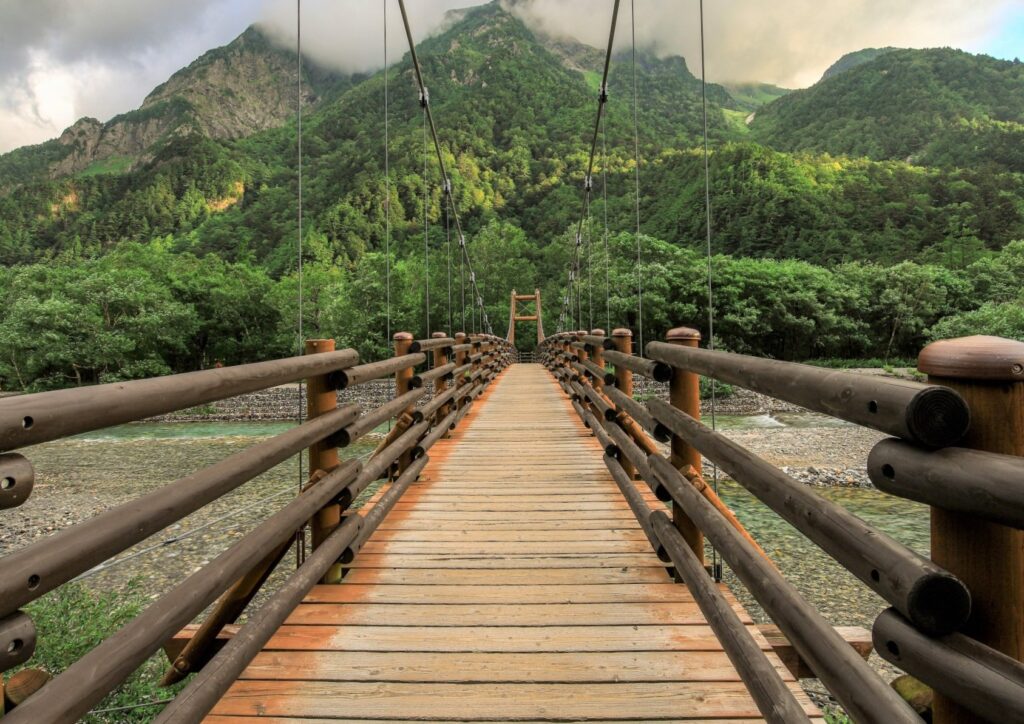
Considered the jewel of the Chubu Sangaku National Park, visiting Kamikochi is one of Central Japan’s most memorable experiences – a truly special place of natural and spiritual importance.
3 / JAPAN'S 3 SACRED MOUNTAINS / best: spring to autumn

Japan’s native religion of Shintoism has a strong focus on nature worship and in particular, mountains. Considered domains of the spirits and gods, Japanese have long revered their mountains which, above all others, are defined by three sacred peaks – Fuji, Tate and Haku. All of which are in Central Japan:
Mt Fuji

At 3777 metres, Fuji is Japan’s tallest mountain and most iconic natural landscape. The huge volcano has long been held in awe by Japanese who consider it one of the country’s three scared mountains.
A popular destination all year round, Fuji can only be climbed from July to September, outside of which you need permission to attempt the various trails on the mountain.
A stunningly beautiful mountain, Fuji holds true spiritual significance for Japanese.
Mt Tate

Located at the northern end of the Chubu Sangaku National Park, Mt Tate stands at 3015 metres and is accessible via the Tateyama-Kurobe Alpine Route. Open to public from mid-April until late- November, visitors can start from Nagano via Ogizawa Station or Toyama via Tateyama Station, and choose to finish on the other side or return to their point of origin.
A series of mountain transports including trolley buses, cable cars, a rope-way, and coaches transport visitors to and from Murodo Station – which at 2540 meters is the highest station in Japan. Most famous for the immense snow walls which, at their peak, ascend 20 meters above the road below in spring, summer and autumn offer some of Japan’s best hiking trails including to the summit of Mt Tate.

Please note, that the transports to and from Murudo Station are typically crowded, but once at the summit and walking away from the central area, you will quickly be in space with few others around you.
Mt Haku
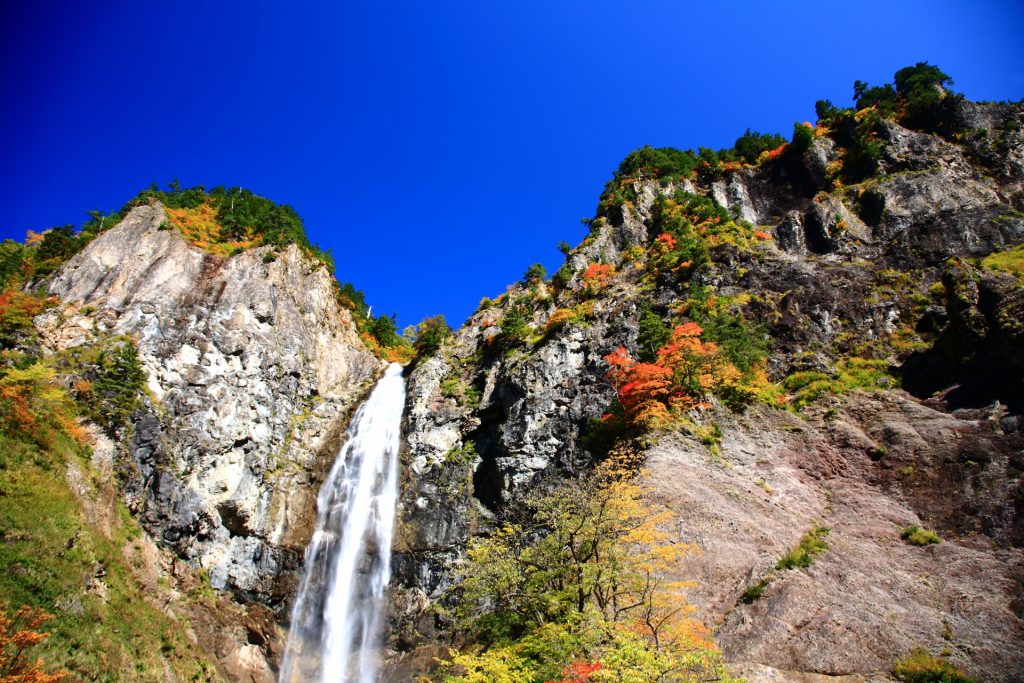
Lying to the south of Kanazawa, Hakusan National Park covers a total area of 47,700 ha and is home to Mount Haku. At 2700 metres, Mt Haku is the third of Japan's three sacred mountains - a stunning landscape, rich in flora and fauna known for its seasonal beauty and excellent mountaineering and hiking.
The park extends across four prefectures – Ishikawa, Fukui, Gifu and Toyama – and is accessible from Kanazawa in around 60 minutes (by car). Visitors in Kanazawa heading to the World Heritage villages of Shirakawa-go and Gokayama should consider making the journey by rental car, and in doing so, navigate the ‘Hakusan White Road’ across the national park.

Stretching 33km from Ishikawa Prefecture to Shirakawa-go in Gifu Prefecture, the road ascends to 1400 metres above sea level, offering beautiful views of the pristine landscape. The road is well-maintained and comfortable to drive, with viewing-points, walking trails and the occasional restaurant or drinks-stand along the route.

The road takes around 60 minutes to go from one side to the other (without stopping) and is only open 07:00 to 18:00 from June to August and 08:00 to 17:00 from September until November 10th. From that date onward until the end of May the road is closed to public traffic. Toll gates at either end of the road charge JPY1700 one-way or JPY2600 for a round-trip.
4 / KUROBE GORGE RAILWAY / best: spring to autumn

Accessible from Toyama Station via Unazuki Onsen, Kurobe Gorge is regarded as one of the three most beautiful gorges in Japan. Kurobe is best experienced riding the Kurobe Gorge Railway which covers a meandering and winding 20km span in approximately 80 minutes.
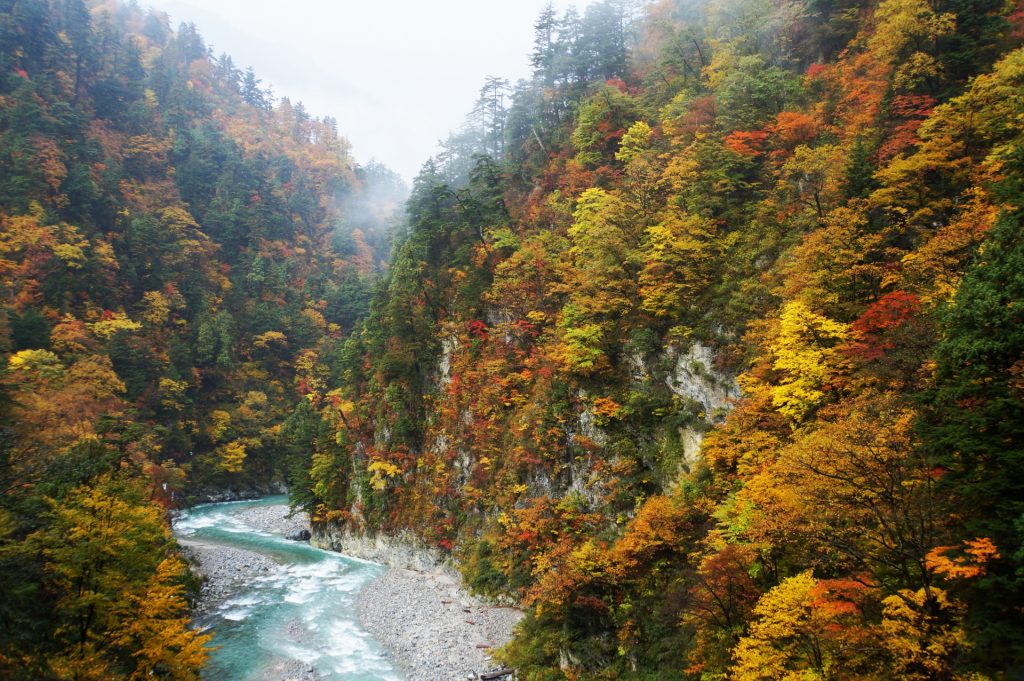
The open-air carriages allow visitors an intimate experience of the surrounding landscape with stations along the route allowing access to walk trails, onsen, restaurants and accommodation.

The rail line includes several spectacular bridges and truly beautiful hot springs including Kuronagi Onsen and the riverside Kanetsuri Kawara Onsen. Highly recommended.
5 / THE HISTORIC NAKASENDO TRAIL / best: spring to autumn
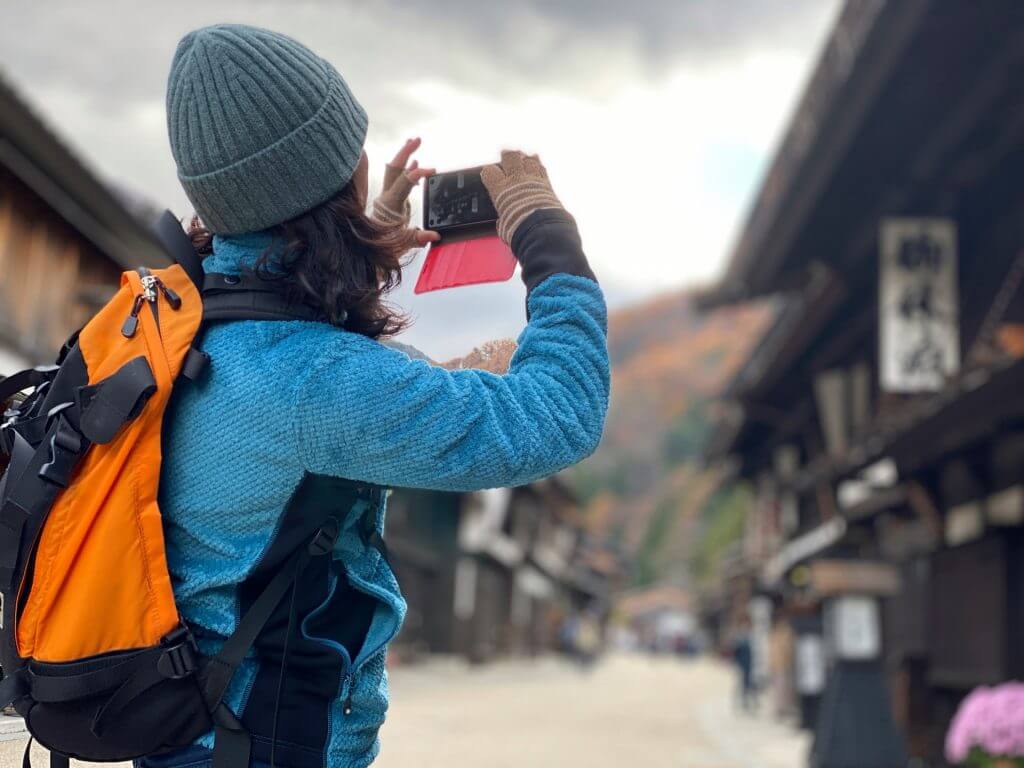
Originally spanning over 500 kilometres between Kyoto and Edo (now called Tokyo), the Nakasendo Road was one of five major routes linking Japan’s two most important cities during the Edo Period (1603 to 1868). Translating as ‘Road in the Mountains’, the Nakasendo consolidated ancient roads and paths into an official highway through Central Japan.
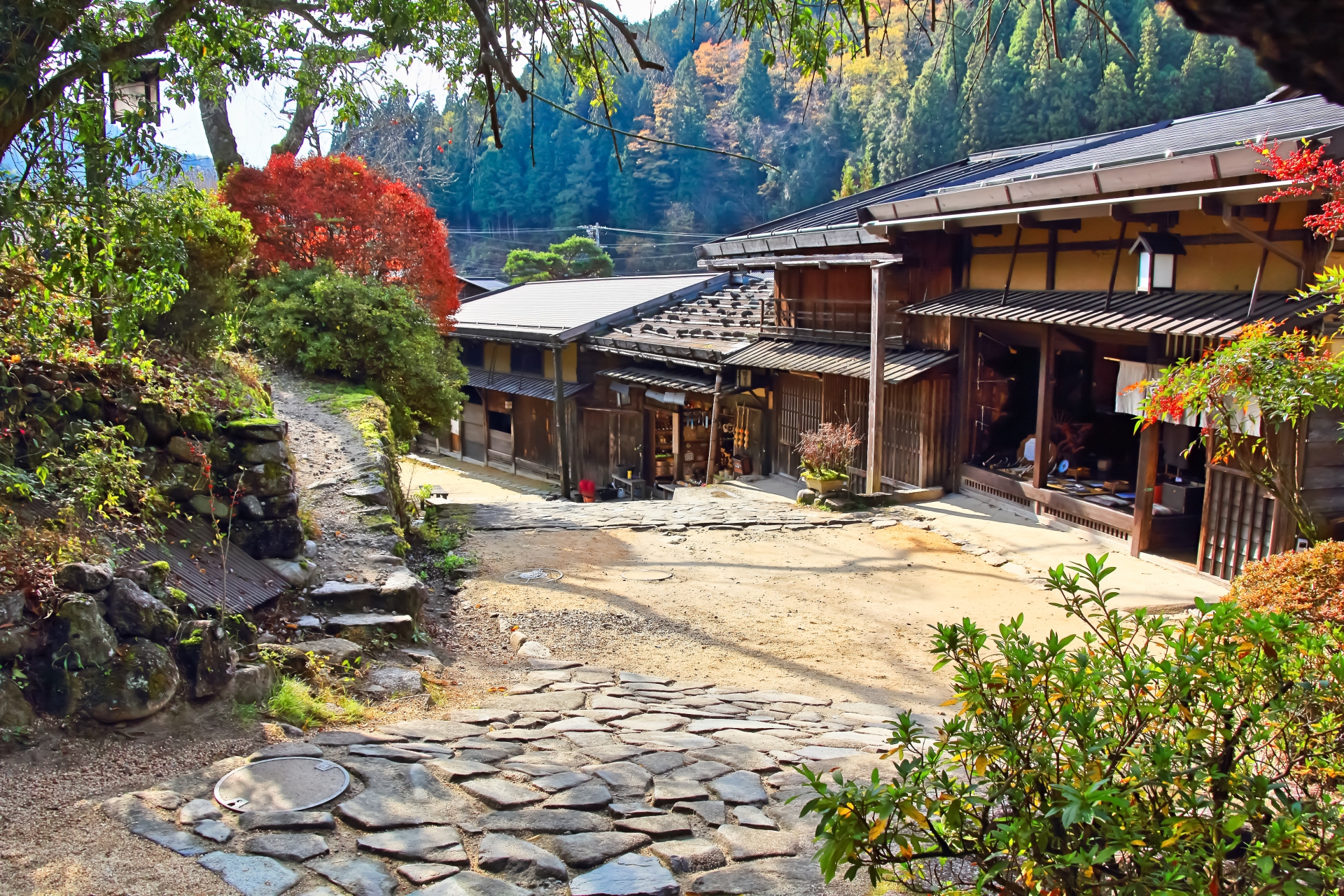
Sixty-nine post towns or ‘juku’ developed along the road to provide lodgings to people and monitor, tax and secure the movement of trade. Today, several of the original post towns retain their historic character due to the mindful intervention of local residents, who have worked diligently to preserve the aesthetic of the traditional buildings. Of those towns, Narai-juku, Magome-juku and Tsumago-juku are nestled in the beautiful Kiso Valley and represent the best preserved and most stunning sections of the Nakasendo today.

Now commonly referred to as the ‘Nakasendo Trail’ or ‘Nakasendo Way’, the historic route can still be walked today - for a couple of hours or a couple of days - with the section through the Kiso Valley, known as the 'Kiso-ji', regarded as the most beautiful and pleasurable to follow.
6 / JIGOKUDANI MONKEY PARK / all year round


Accessible via Nagano Station, on the Hokuriku Shinakansen, the Jigokudani Monkey Park is one of Central Japan’s most well-known destinations. At its most popular through the snow of winter, the park is in fact open all year round. The monkeys – known for their hot spring-bathing antics – come to the park throughout the year.

While visitor numbers in winter are big, visitors to the park in spring, summer and autumn won’t encounter many others but just as many reasons to visit. From the blossoms and babies of spring, to the cool mountain climate of summer and stunning leaves of autumn, we recommend visiting in the warmer months of year just as much as we do in the cold and snow of winter.
7 / THE ONSEN VILLAGES OF GIFU & NAGANO / all year round
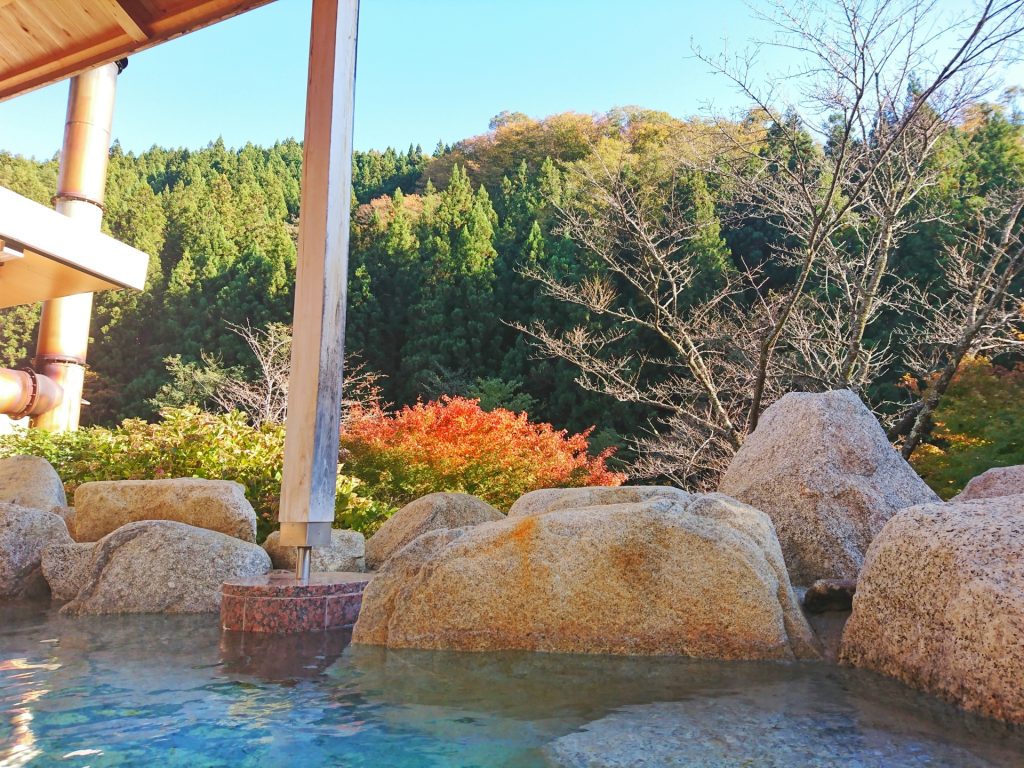
The mountains of Central Japan are a product of activity deep underground and so too are the region’s countless ‘onsen’ (natural hot springs), fed by an abundant reserve of subterranean thermal water. Occurring through the region, Central Japan is home to some of Japan’s most famous onsen towns – including Shibu and Yudanaka along with Nozawa Onsen in Nagano, Kusatsu, Manza, and Shima in Gunma, and Gero and Okuhida in Gifu– many of which have histories stretching back more than 1000 years.
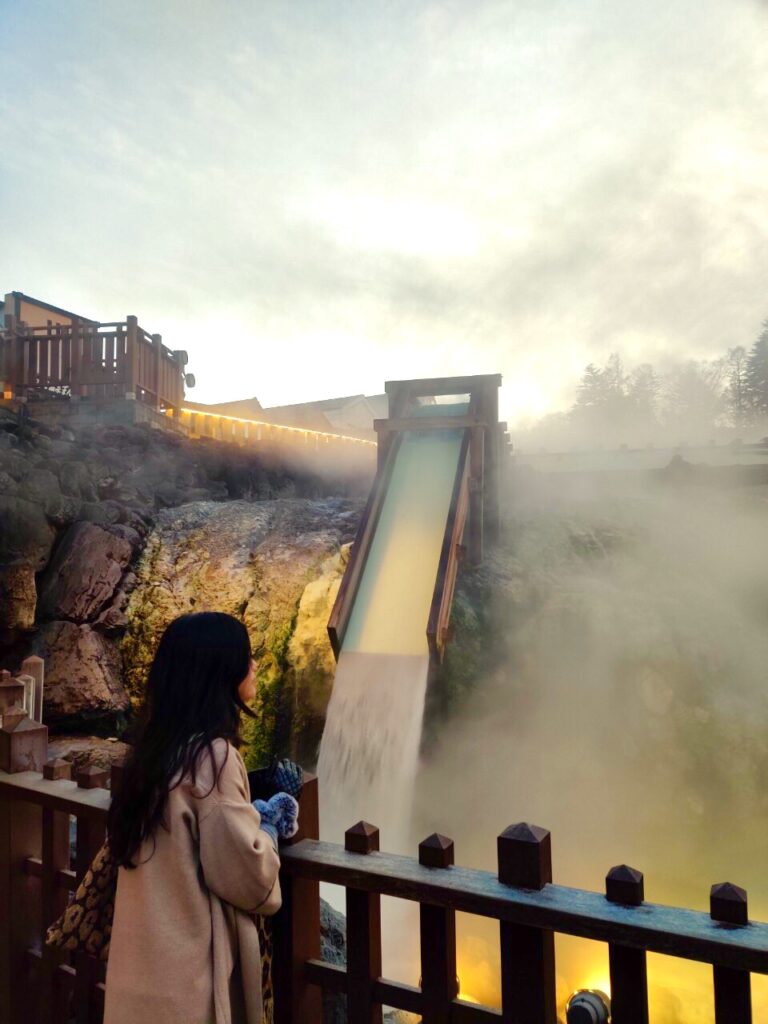
Long sought-out for their healing and regenerative properties, onsen remain a fundamental part of Japanese culture. Most Japanese start going to onsen from a young age and continue to do so through their lives. Indeed, washing and cleansing the body in water is seen as an important act of renewal in both Shintoism and Buddhism; and as such, hot springs cater to practical, recreational, medicinal and spiritual needs.

While the famous towns are often busy, the smaller and less well-known onsen towns are likely to be very quiet, especially on weekdays. Our ‘Onsen In & Around Nagano’ page introduces everything you need to know about using an onsen, the benefits and where to find them.
8 / NAGANO'S ORCHARDS / summer to autumn
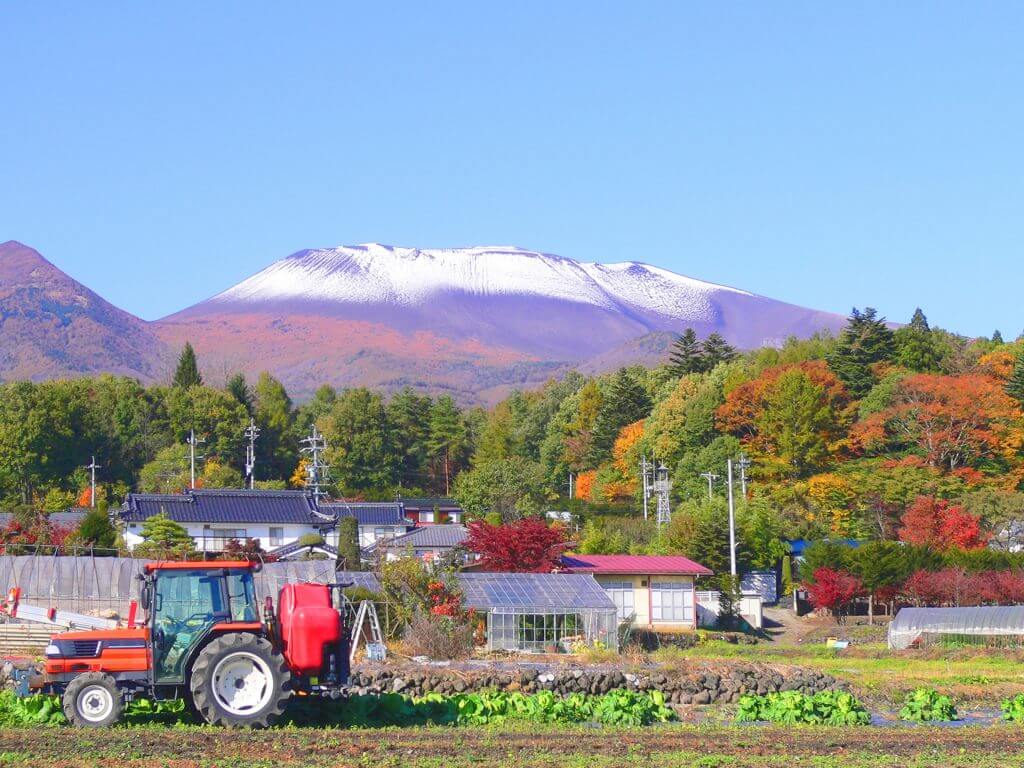
Let’s face it, one of the best things about travel is food and Japan is home to some truly fantastic food. Throughout the country, visitors will find an indulgent and delicious array of food – you really can’t go wrong in that regard.

When traveling to Central Japan, visitors are heading to one of Japan’s great food bowls – a place of abundant farmlands blessed by fertile and well-nourished soil. Nagano and Central Japan produce some of the best rice, vegetables, fruit and meat in the country; food best enjoyed at local restaurants or bought directly from the farmer.
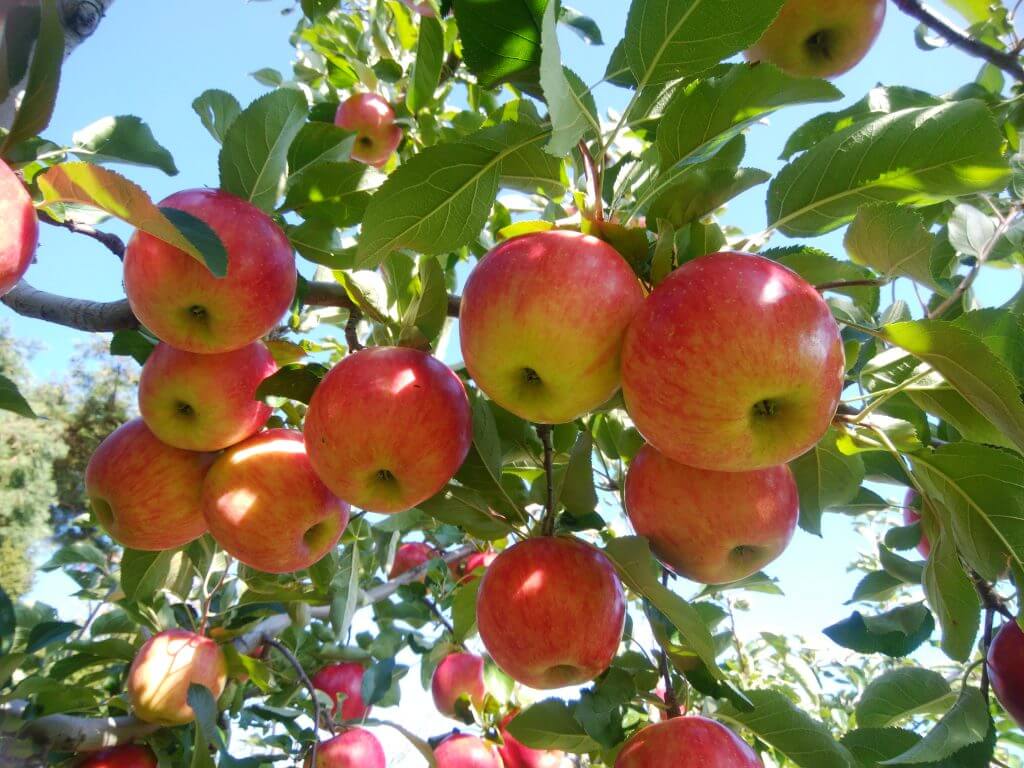
From summer to autumn, many local farms open to the public, inviting visitors to enjoy fruit-picking directly from their orchards. Nagano is particular is most famous for its huge and delicious apples, grapes and peaches – all of which can be plucked straight from the tree or vine, in the sun and space of the great outdoors.
9 / SEAFOOD MARKETS OF THE SEA OF JAPAN / all year round

Central Japan may be defined by its mountains but is also blessed with a rugged coastline and bountiful waters, producing some of Japan’s best seafood.

Though Nagano is land-locked, the prefectures of Niigata, Toyama, Ishikawa and Fukui are coastal and home to numerous outstanding seafood markets on the Sea of Japan.

The cities of Kanazawa and Toyama offer easy access to nearby markets – ideal destinations for visitors looking to buy and eat seafood caught that morning. From those cities – or Joetsu and Niigata City in Niigata – renting a car to explore the north coast independently is a truly enjoyable experience.
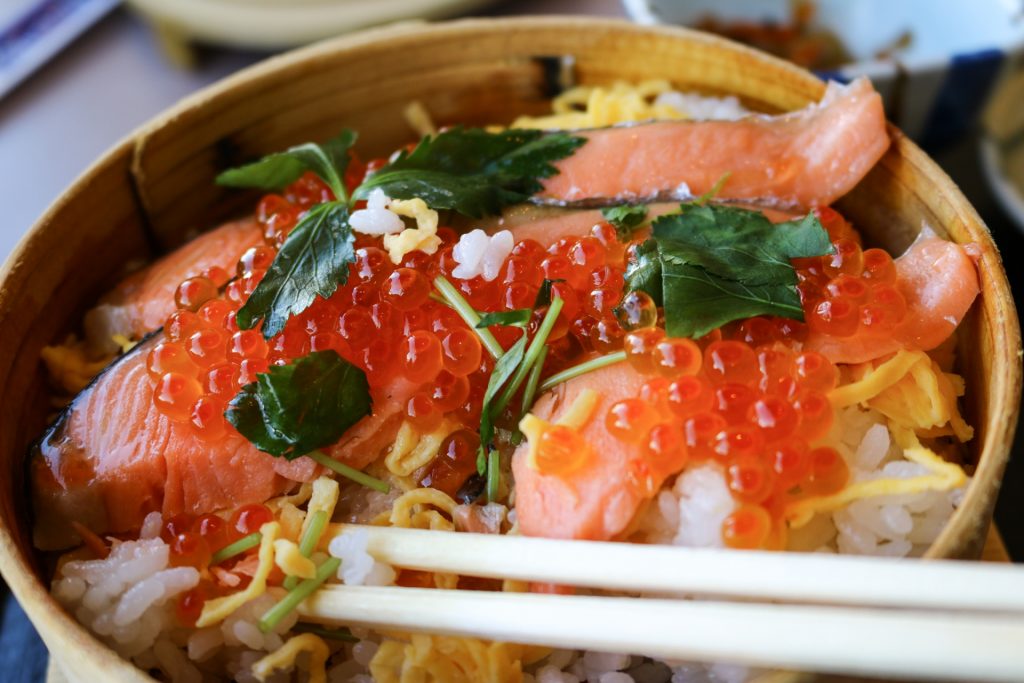
Japanese roads are well-maintained and drivers are usually patient and polite, allowing you freedom to explore and enjoy the region by yourself including the Noto Peninsula.
10 / THE NOTO PENINSULA / all year round

Situated to the north of Kanazawa City, the Noto Peninsula is not well-known to international visitors. Extending 100 kilometres into the Sea of Japan, Noto Peninsula is relatively isolated and almost forgotten. A place of tremendous beauty including rugged coasts and lush forests, the area has not developed to the extent of other regions of Japan and as such, offers visitors escape, solitude and pristine beauty.
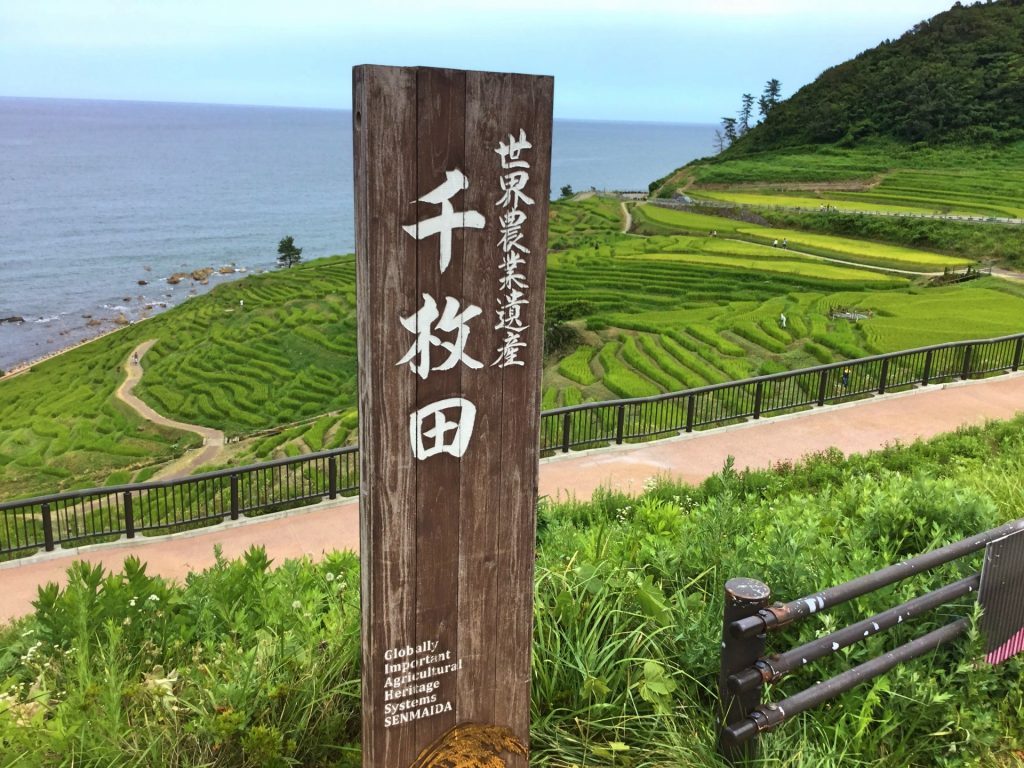
Coastal roads allow for scenic drives while just inland from the sea, rural villages ago about their daily lives with a strong sense of tradition. Needless to say that any visit to the peninsula basically obliges you to try plenty of seafood which is unsurprisingly pretty amazing.

A lack of public transport in and around the Noto Peninsula also helps to keep visitor numbers down, requiring you to arrange a rental car to really make the trip worthwhile.
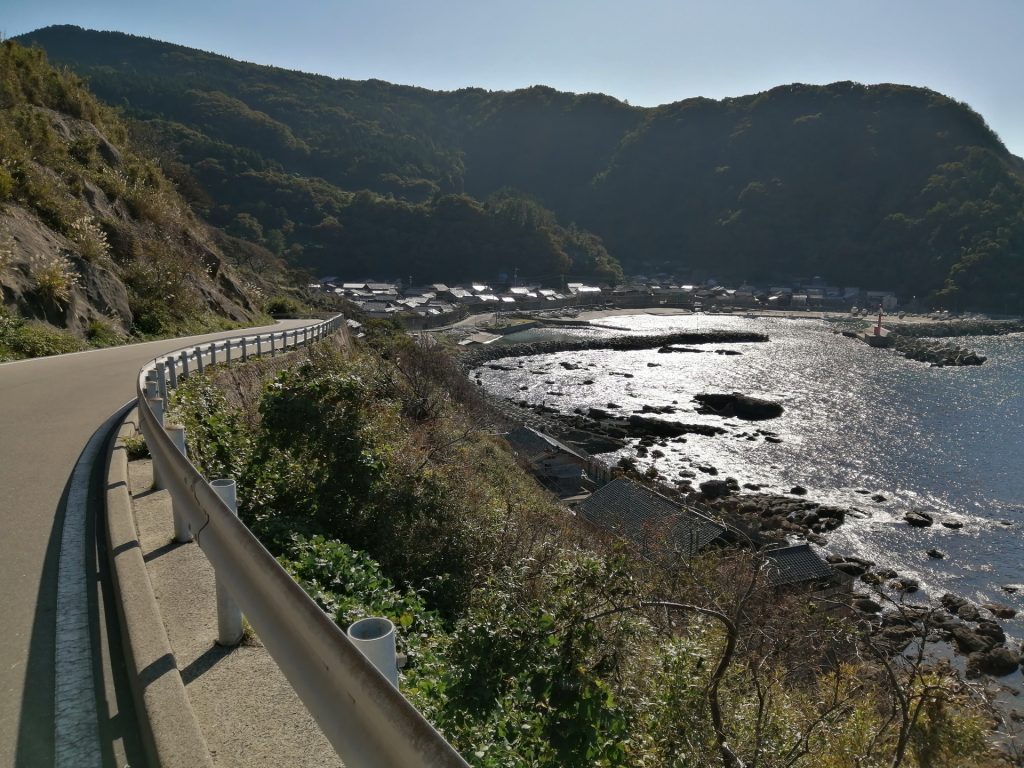
Avoid August, when Japanese school children enjoy their summer holidays and areas of the peninsula will be buys with holidaying families. Otherwise, rent that car and get going – we highly recommend it.
Readily accessible from Tokyo using the Hokuriku Shinkansen Line, or Osaka and Kyoto via Kanazawa Station or Nagoya Station, Central Japan can be incorporated into any travel itinerary with a minimum of fuss. It is here that you will discover the essence of Japan, in the mountains and rural villages which embody the national spirit.
BOOK WITH US! SNOW MONKEY RESORTS: NAGANO'S NO.1 TOUR & CHARTER OPERATOR
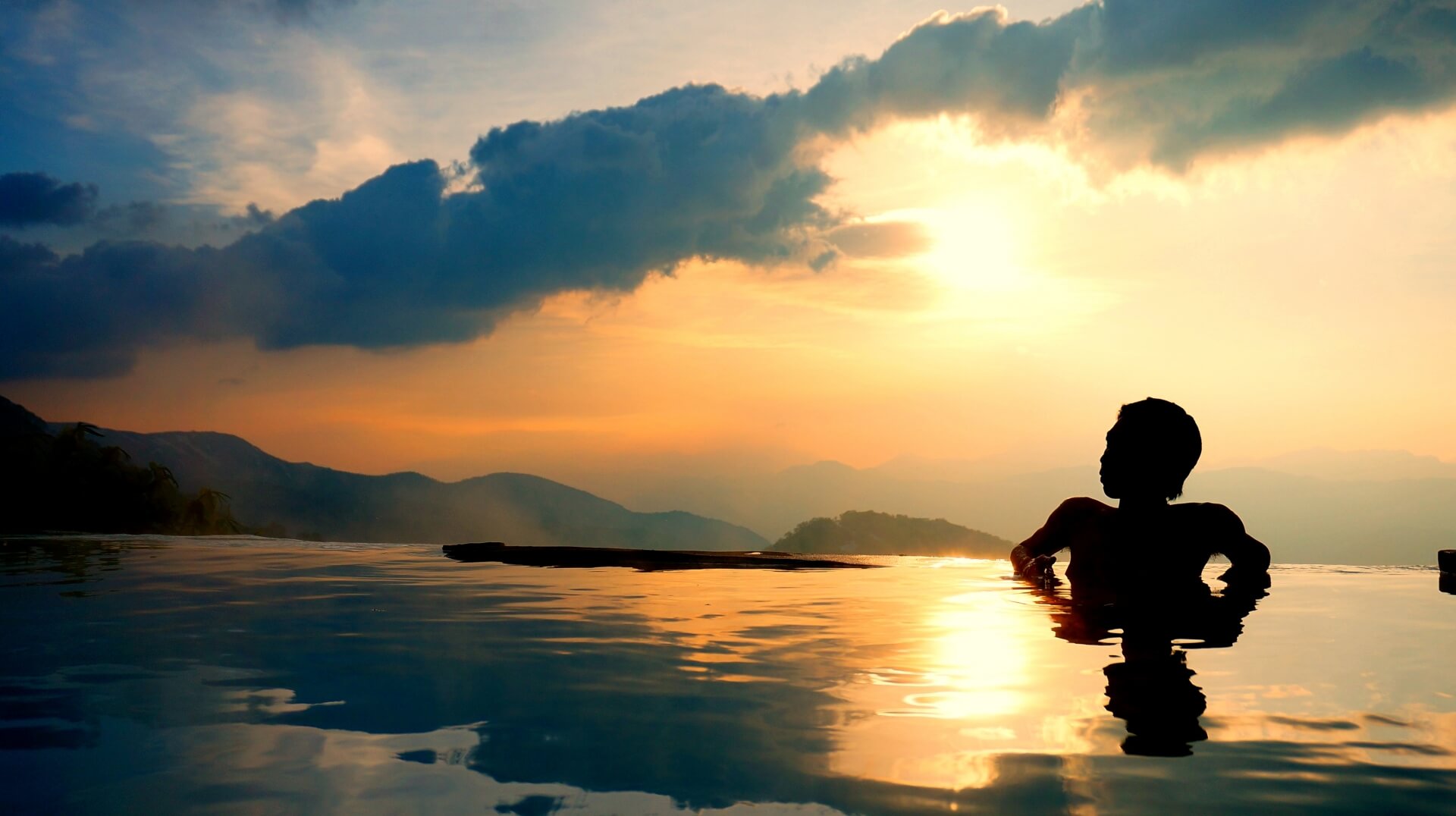

When planning and booking your trip to Central Japan, it's important that you can do so with confidence that your intended destinations will be both enjoyable and safe. As Nagano's No.1-rated tour and charter operator, we offer a range of services including group tours, private tours and private charters to help you get the most out of your time in the region.

We can arrange transport to and from any destination in the region, with a customised itinerary to suit your travel needs. Our drivers and vehicles are fully certified allowing us to transport you safely to and from any destination.
We can arrange both private tours with an English-speaking guide or a private charter, including a private vehicle and driver but without a guide. We’d love to be part of that experience and help you discover even more!
Why choose us?
Got a question about visiting Central Japan? Contact us and let’s get planning together!







